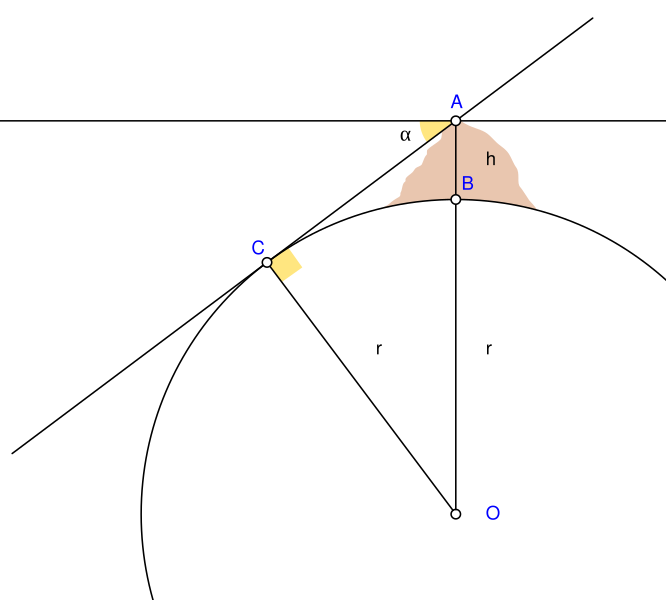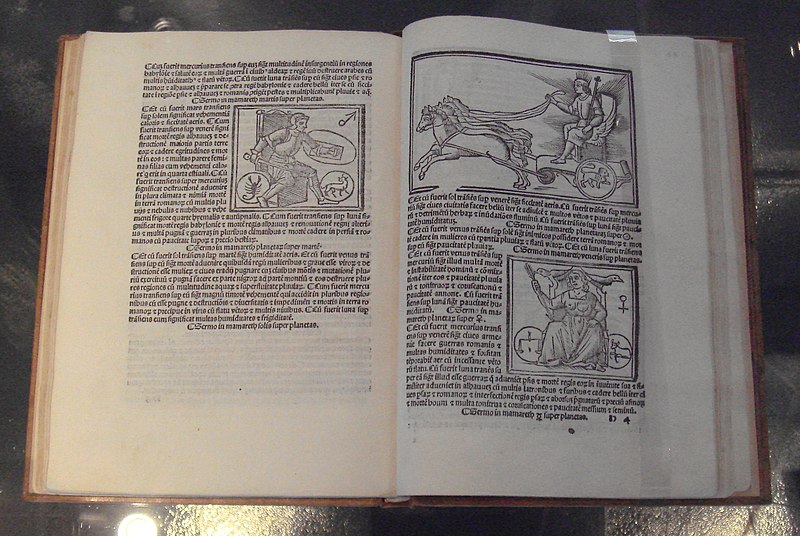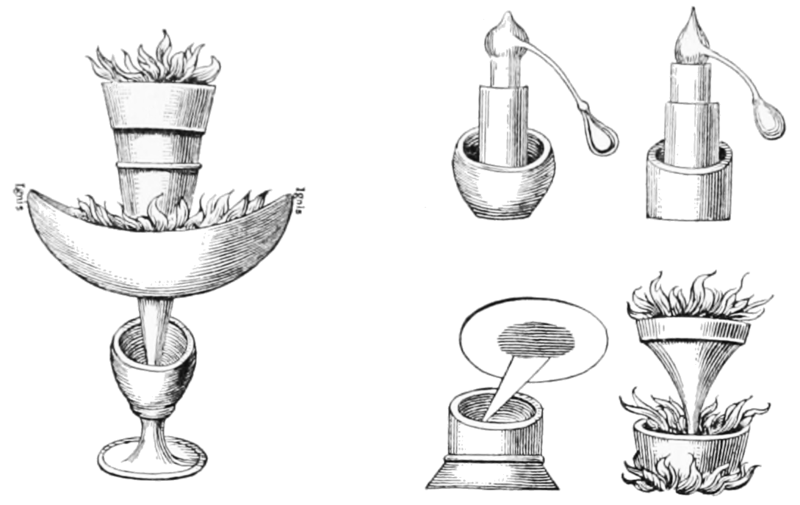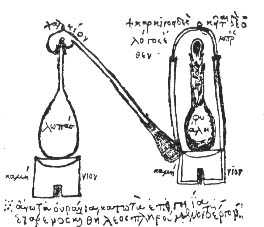I want to make an thread about Iranian scientific History as I am intrested in Persian History. I hope other Iranian fourmers will contribute to this thread. Let's start off with Al-Khwarizmi
Abū ʿAbdallāh Muḥammad ibn Mūsā al-Khwārizmī (c. 780, Khwārizm c. 850) was a Persian mathematician, astronomer and geographer during the Abbasid Empire, a scholar in the House of Wisdom in Baghdad. The word al-Khwarizmi is pronounced in classical Arabic as Al-Khwarithmi hence the Latin transliteration.

In the twelfth century, Latin translations of his work on the Indian numerals introduced the decimal positional number system to the Western world. His Compendious Book on Calculation by Completion and Balancing presented the first systematic solution of linear and quadratic equations in Arabic. In Renaissance Europe, he was considered the original inventor of algebra, although it is now known that his work is based on older Indian or Greek sources. He revised Ptolemy's Geography and wrote on astronomy and astrology.
Some words reflect the importance of al-Khwarizmi's contributions to mathematics. "Algebra" is derived from al-jabr, one of the two operations he used to solve quadratic equations. Algorism and algorithm stem from Algoritmi, the Latin form of his name. His name is also the origin of (Spanish) guarismo and of (Portuguese) algarismo, both meaning digit.
Al-Khwārizmī's contributions to mathematics, geography, astronomy, and cartography established the basis for innovation in algebra and trigonometry. His systematic approach to solving linear and quadratic equations led to algebra, a word derived from the title of his 830 book on the subject, "The Compendious Book on Calculation by Completion and Balancing" (al-Kitab al-mukhtasar fi hisab al-jabr wa'l-muqabalaالكتاب المختصر في حساب الجبر والمقابلة .
.
On the Calculation with Hindu Numerals written about 825, was principally responsible for spreading the Indian system of numeration throughout the Middle East and Europe. It was translated into Latin as Algoritmi de numero Indorum. Al-Khwārizmī, rendered as (Latin) Algoritmi, led to the term "algorithm".
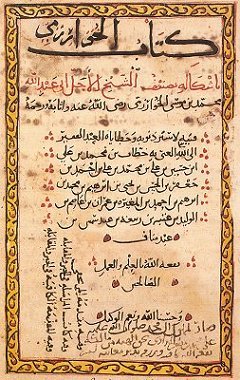

Abū ʿAbdallāh Muḥammad ibn Mūsā al-Khwārizmī (c. 780, Khwārizm c. 850) was a Persian mathematician, astronomer and geographer during the Abbasid Empire, a scholar in the House of Wisdom in Baghdad. The word al-Khwarizmi is pronounced in classical Arabic as Al-Khwarithmi hence the Latin transliteration.
In the twelfth century, Latin translations of his work on the Indian numerals introduced the decimal positional number system to the Western world. His Compendious Book on Calculation by Completion and Balancing presented the first systematic solution of linear and quadratic equations in Arabic. In Renaissance Europe, he was considered the original inventor of algebra, although it is now known that his work is based on older Indian or Greek sources. He revised Ptolemy's Geography and wrote on astronomy and astrology.
Some words reflect the importance of al-Khwarizmi's contributions to mathematics. "Algebra" is derived from al-jabr, one of the two operations he used to solve quadratic equations. Algorism and algorithm stem from Algoritmi, the Latin form of his name. His name is also the origin of (Spanish) guarismo and of (Portuguese) algarismo, both meaning digit.
Al-Khwārizmī's contributions to mathematics, geography, astronomy, and cartography established the basis for innovation in algebra and trigonometry. His systematic approach to solving linear and quadratic equations led to algebra, a word derived from the title of his 830 book on the subject, "The Compendious Book on Calculation by Completion and Balancing" (al-Kitab al-mukhtasar fi hisab al-jabr wa'l-muqabalaالكتاب المختصر في حساب الجبر والمقابلة
 .
.On the Calculation with Hindu Numerals written about 825, was principally responsible for spreading the Indian system of numeration throughout the Middle East and Europe. It was translated into Latin as Algoritmi de numero Indorum. Al-Khwārizmī, rendered as (Latin) Algoritmi, led to the term "algorithm".







 ). He spent a large part of his life in Ghazni in modern-day Afghanistan, capital of the Ghaznavid dynasty which ruled eastern Iranian lands and the northwestern Indian subcontinent. In 1017 he traveled to the Indian subcontinent and became the most important interpreter of Indian science to the Islamic world.
). He spent a large part of his life in Ghazni in modern-day Afghanistan, capital of the Ghaznavid dynasty which ruled eastern Iranian lands and the northwestern Indian subcontinent. In 1017 he traveled to the Indian subcontinent and became the most important interpreter of Indian science to the Islamic world.
